While your braces or Invisalign are diligently working to perfect your smile, sometimes unexpected issues can occur. At Swenson Family Orthodontics, led by Dr. Brendon Swenson, we understand that orthodontic emergencies can happen, and we're here to help patients in Lewiston, Idaho, Clarkston, Washington, and the entire Lewiston-Clarkston Valley. This guide will help you manage common orthodontic issues at home before you can get to our office for a professional fix.
Important Note: This information is for managing minor orthodontic discomforts or issues with your appliance. If you experience a severe injury to your face, mouth, or teeth, or have uncontrolled bleeding, please seek immediate medical attention from your general dentist, an urgent care center, or the nearest emergency room.
For a DIY Orthodontic Emergency Kit, it's helpful to have on hand:
Ideally, if your child is participating in sports with braces, they should always wear a custom-fitted mouthguard to protect their teeth and gums. However, accidents can still happen. If a significant injury occurs to your teeth, gums, or the soft tissues of your mouth (like cheeks or lips) due to a car accident, sports incident, or fall, it needs immediate attention from a dentist or medical doctor.
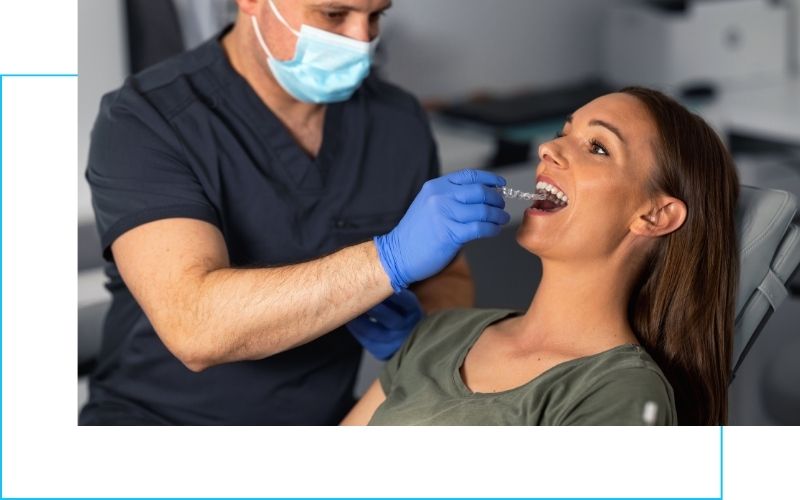
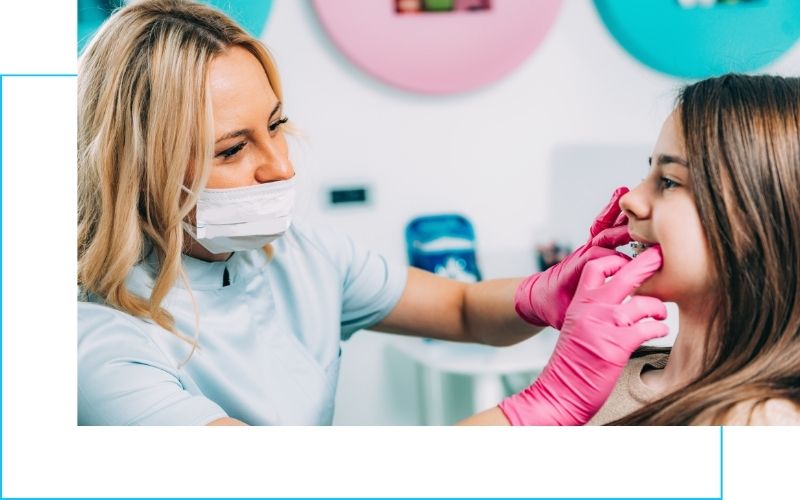
If one of the small metal or ceramic squares (brackets) attached to your teeth becomes loose, it's important to schedule an appointment with Swenson Family Orthodontics as soon as possible. While the adhesive is strong, brackets can occasionally detach.
Though rare, wires can sometimes become loose, bent, or even break during treatment. This can cause significant discomfort by poking your cheek, gum, or tongue.
Even if you manage to alleviate the pain temporarily, please contact our Lewiston office immediately to schedule an appointment. It's crucial for Dr. Swenson to assess the wire, ensure your braces are functioning correctly, and prevent any delays in your treatment progress.
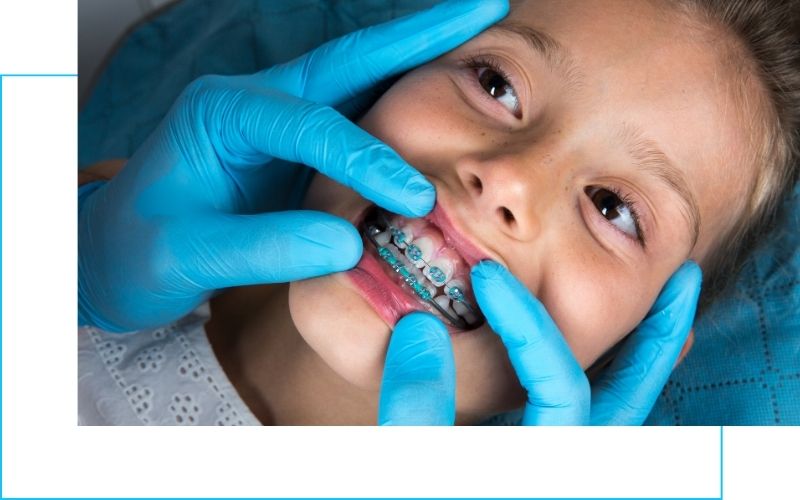
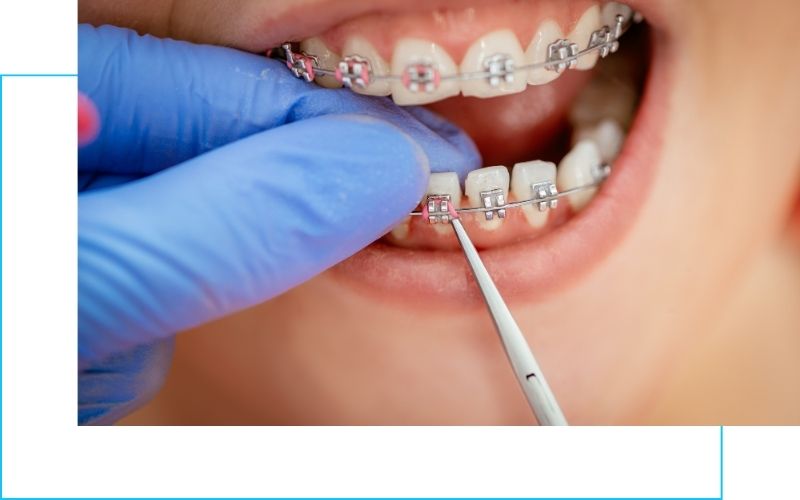
Rubber bands (elastics) are used to apply specific forces to correct bites (like underbites, overbites, or crossbites). Small rubber bands called ligatures hold the wire into the bracket.
While some irritation is normal during orthodontic treatment, persistent pain, loose appliances, or poking wires are not and require attention. Make an appointment with Swenson Family Orthodontics as soon as possible to correct these issues and avoid discomfort, injury to your mouth, or a delay in the course of your braces or Invisalign treatment.
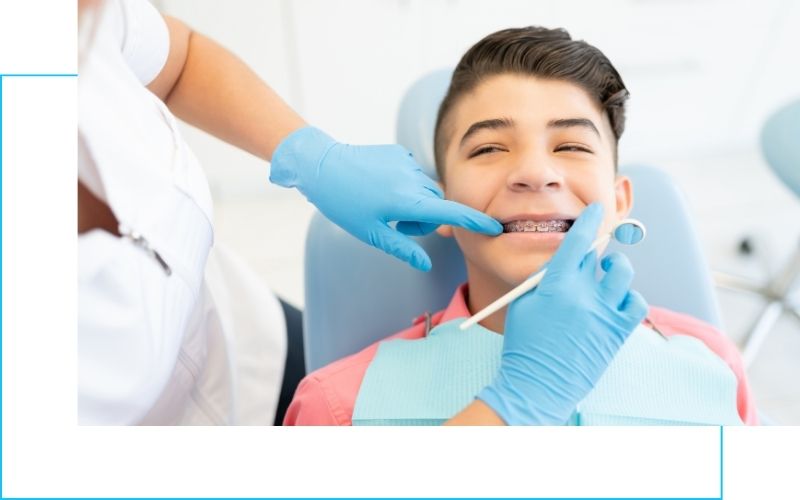
Got an urgent question about your braces or Invisalign? Here are some common orthodontic emergency questions.
A: An orthodontic emergency refers to any situation involving your braces or clear aligners that causes significant discomfort, pain, or damage to your appliance, requiring professional attention to remedy the situation and avoid treatment delays. It's important to distinguish these from medical emergencies that pose an immediate risk to your life (e.g., severe trauma, uncontrolled bleeding, difficulty breathing or swallowing).
A: Many common orthodontic issues can be temporarily managed at home using simple tools. For poking wires, orthodontic wax or a pencil eraser can provide relief. For loose brackets that are still attached to the wire, apply wax. For lost elastics, simply replace them. Our goal is to empower you with temporary fixes until you can get into our Lewiston office for a permanent solution.
A: An orthodontist like Dr. Brendon Swenson is equipped to handle emergencies specifically related to your braces, Invisalign, or other orthodontic appliances. If you experience a severe dental emergency like a knocked-out tooth, significant swelling, persistent bleeding, or facial trauma not directly related to your appliance, you should contact your general dentist or an emergency room for immediate care.
A: A dental emergency typically refers to a problem with your teeth or gums that requires immediate attention (e.g., severe toothache, knocked-out tooth, abscess, broken tooth). An orthodontic emergency specifically relates to issues with your braces or Invisalign appliance (e.g., broken wire, loose bracket, poking elastic) that cause discomfort or disrupt treatment progress.
A: For non-orthodontic dental emergencies, your first step should be to contact your general dentist. If they are unavailable, they can often direct you to the nearest urgent care center or an emergency dentist. It's crucial not to underestimate the severity of any dental problem and to seek professional help as soon as possible.
A: If you're traveling and experience an orthodontic emergency, remember the temporary fixes: orthodontic wax, tweezers, and clean nail clippers can address most common issues. Always keep our Swenson Family Orthodontics contact information handy. If you're far from Lewiston, you might need to find a local orthodontist, but we can often guide you through the initial steps over the phone.